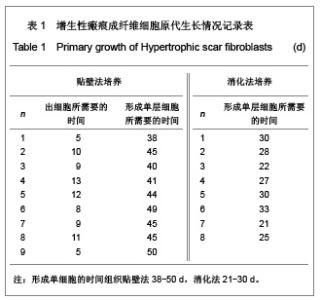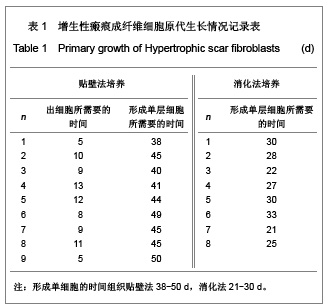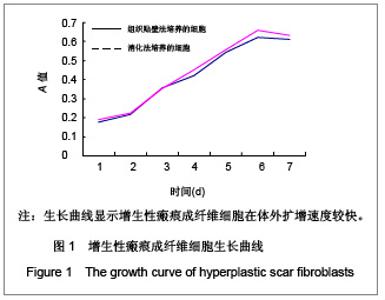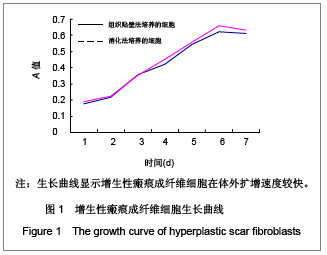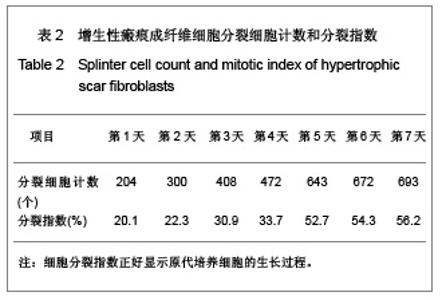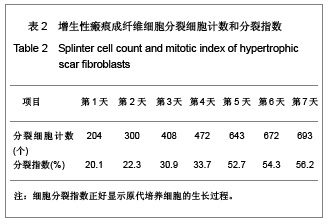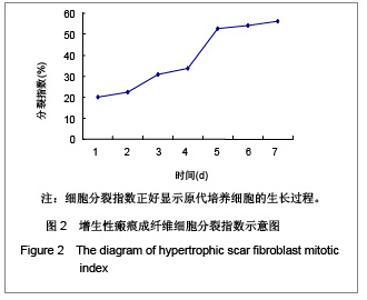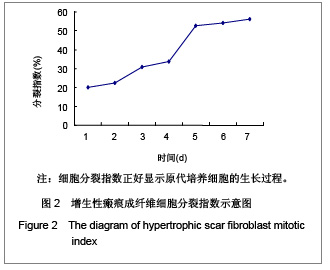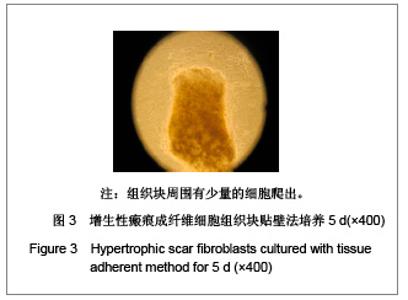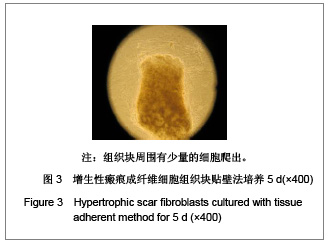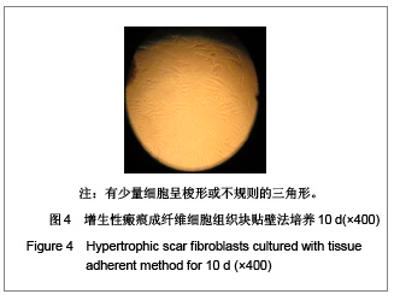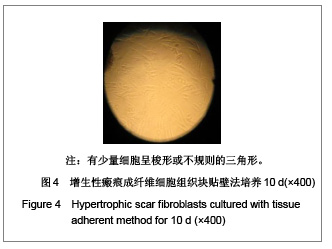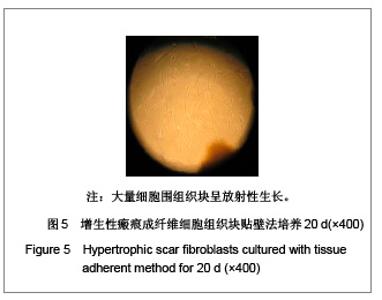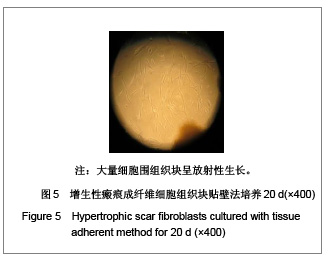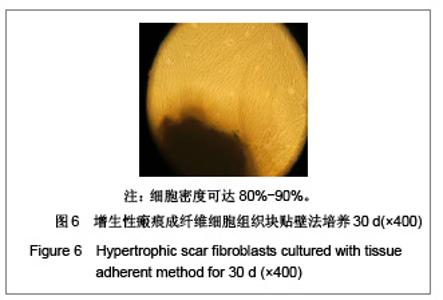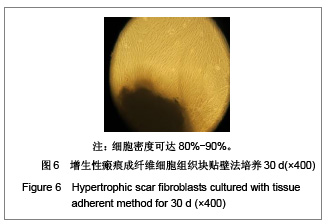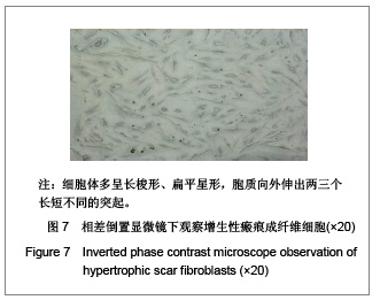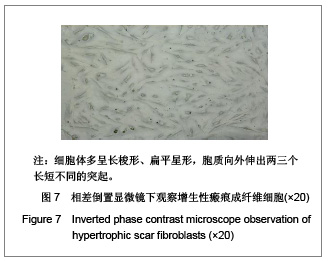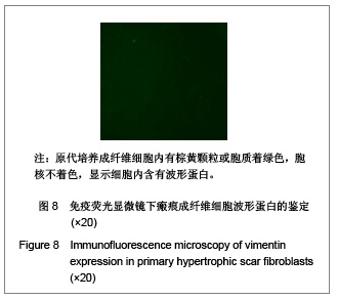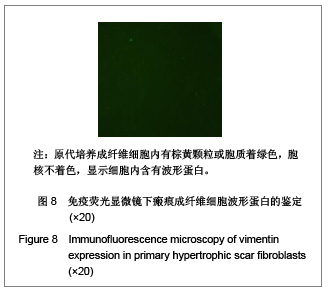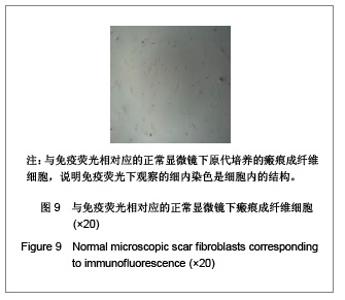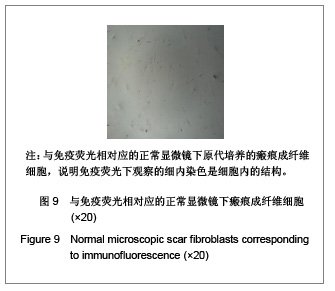| [1] Viera MH,Amini S,Valins W,et al.Innovative therapies in the treatment of keloids and hypertrophic scars.J Clin Aesthet Dermatol.2010;3(5): 20-26.[2] Gurtner GC,Werner S,Barrandon Y,et al.Wound repair and regeneration. Nature.2008;453(7193): 314-321.[3] Saika S.TGFbeta pathobiology in the eye. Lab Invest.2006; 86(2): 106-115.[4] Honardoust D, Varkey M, Marcoux Y, et al.Reduced Decorin, Fibromodulin, and Transforming Growth Factor-beta3 in Deep Dermis Leads to Hypertrophic Scarring. J Burn Care Res. 2012; 33(2): 218-227.[5] Yamauchi T.Effects of TGF-beta and TGF-beta-neutralizing antibody on normal skin fibroblasts and scar-derived fibroblasts. Kurume Med J.2002;49(4): 171-176.[6] Tan J, Peng X, Luo G, et al.Investigating the role of P311 in the hypertrophic scar. PLoS One.2010;5(4): e9995.[7] Conway H.Observations on the behavior of human keloid. Plast Reconstr Surg.1959;24:229.[8] Kueper T,Grune T, Muhr GM, et al.Modification of vimentin: a general mechanism of nonenzymatic glycation in human skin. Ann N Y Acad Sci.2008;1126: 328-332.[9] Guo L, Chen L, Bi S, et al.PTEN inhibits proliferation and functions of hypertrophic scar fibroblasts. Mol Cell Biochem. 2012;361(1-2): 161-168.[10] Butler PD,Longaker MT, Yang GP.Current progress in keloid research and treatment. J Am Coll Surg.2008;206(4): 731-741.[11] Aarabi S, Longaker MT, Gurtner GC.Hypertrophic scar formation following burns and trauma: new approaches to treatment. PLoS Med.2007;4(9): e234.[12] Paterno J, Vial IN, Wong VW, et al.Akt-mediated mechanotransduction in murine fibroblasts during hypertrophic scar formation. Wound Repair Regen.2011;19(1): 49-58.[13] Larjava H, Wiebe C, Gallant-Behm C, et al.Exploring scarless healing of oral soft tissues. J Can Dent Assoc.2011;77: b18.[14] Fu XB, Cheng B, Sheng ZY.Zhongguo Weizhong Jijiu Yixue. 2002;14(2):67-68. 付小兵,程飚,盛志勇.有关创伤修复与组织再生的现代认识[J].中国危重病急救医学,2002,14(2):67-68. |
